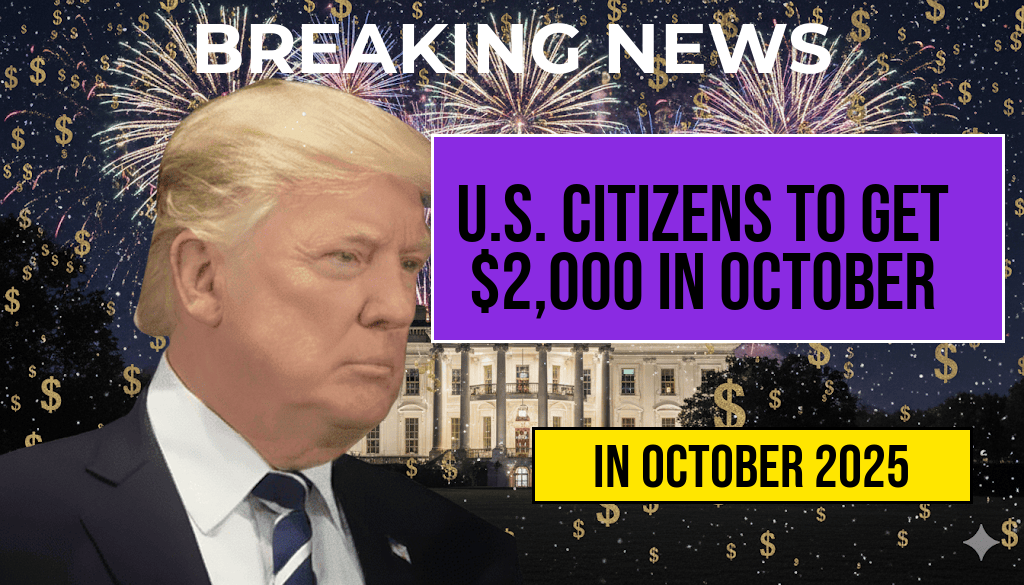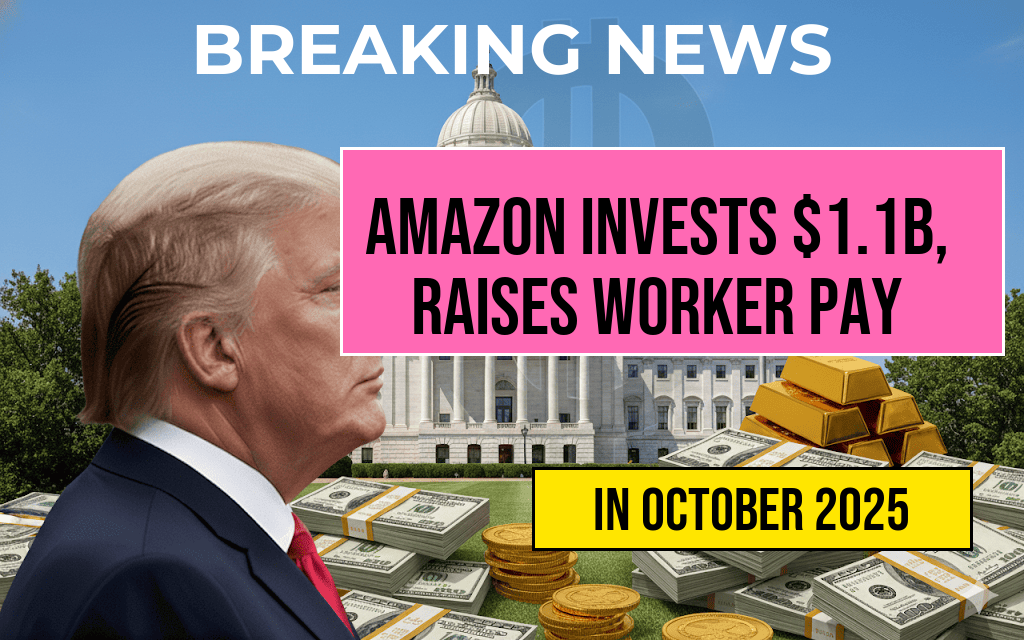Starting October 2025, eligible U.S. citizens will receive a $2,000 direct deposit from the federal government, marking a significant shift in social assistance policies. This new payment initiative aims to provide targeted financial relief to qualifying individuals amid ongoing economic adjustments. The distribution schedule, eligibility criteria, and IRS guidelines have been outlined in recent federal announcements, signaling a streamlined process designed to reach millions of Americans efficiently. As the deadline approaches, many are seeking clarity on how to qualify, when to expect payments, and what documentation might be necessary to ensure timely receipt of funds.
Understanding the October 2025 Direct Deposit Initiative
The upcoming $2,000 direct deposit program is part of broader efforts to bolster economic stability for vulnerable populations. According to the Internal Revenue Service (IRS), the initiative targets specific demographics, including low- and middle-income households, individuals experiencing financial hardship, and those who meet particular eligibility requirements outlined in the new federal guidelines. The program is designed to supplement existing assistance measures and aims to stimulate economic activity during a period of sustained inflation and rising living costs.
Eligibility Criteria for the $2,000 Payment
Primary Qualifications
- Income Thresholds: Households with an annual income below $75,000 for individuals or $150,000 for joint filers qualify for the payment.
- Filing Status: Taxpayers must have filed their 2024 federal tax returns or registered for the IRS’s online portal by July 2025.
- Residency: U.S. citizens and residents who have maintained a primary residence within the United States for at least six months prior to September 2025 are eligible.
- Age: Applicants must be 18 years or older at the time of application.
Additional Considerations
- Individuals receiving certain social welfare benefits, such as Social Security or Supplemental Security Income (SSI), are automatically considered eligible and do not need to apply separately.
- Dependents under age 18 do not qualify for direct payment but may influence household eligibility thresholds.
- Applicants with recent changes in income or family status are encouraged to update their information with the IRS promptly to ensure accurate processing.
Payment Schedule and Distribution Process
| Phase | Timeline | Details |
|---|---|---|
| Application Window | May 1 – July 31, 2025 | Extended period for eligible individuals to submit documentation and verify eligibility online or via mail. |
| Verification Period | August – September 2025 | IRS reviews submitted data, cross-referencing with tax filings and other federal databases. |
| Payment Distribution | October 1 – October 31, 2025 | Payments are issued via direct deposit to qualifying bank accounts. Recipients should ensure banking information is current. |
IRS Guidelines and Application Process
The IRS has emphasized a straightforward application process, primarily relying on existing tax return data. Eligible individuals who have already filed their 2024 taxes will be automatically enrolled, with payments deposited directly into the bank accounts listed on their returns. For those who have not filed yet or need to update information, the IRS offers an online portal accessible through irs.gov. The portal allows users to verify eligibility, submit additional documentation if necessary, and track payment status.
To ensure timely receipt, applicants should confirm that their banking details are accurate and up to date. The IRS recommends reviewing account information well before the distribution date. For individuals without bank accounts, alternative delivery options, such as prepaid debit cards, may be available, although details are still being finalized.
Implications and Broader Context
The $2,000 direct deposit initiative reflects a growing trend toward targeted fiscal stimulus measures aimed at supporting economic resilience. Experts suggest this move could help mitigate some impacts of inflation, rising housing costs, and employment disruptions. Additionally, the program underscores the federal government’s focus on streamlining assistance delivery through digital platforms and automatic enrollment where possible.
Analysts are also monitoring how such payments influence consumer spending patterns and overall economic growth. Historically, direct financial aid has shown to boost retail activity and reduce financial stress for recipients, with ripple effects across various sectors.
For more details on federal assistance programs and updates on the October 2025 payments, individuals can visit the official IRS website or consult trusted financial news sources such as Forbes or the IRS Wikipedia page.
Frequently Asked Questions
Question 1
Who is eligible to receive the $2,000 direct deposit in October 2025?
Question 2
When is the payment schedule for the $2,000 direct deposit scheduled to occur in October 2025?
Question 3
What are the IRS guidelines that recipients need to be aware of regarding this payment?
Question 4
How can eligible U.S. citizens ensure they receive the direct deposit without issues?
Question 5
Are there any additional requirements or documentation needed to qualify for the $2,000 payment?






